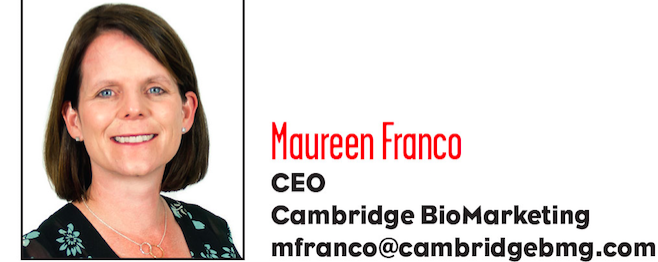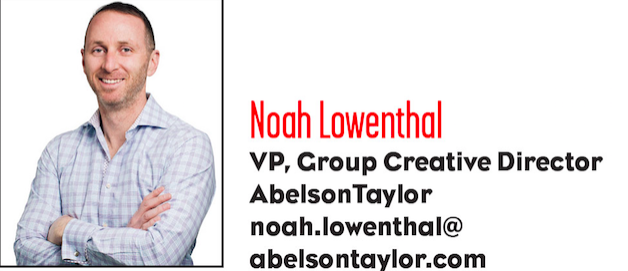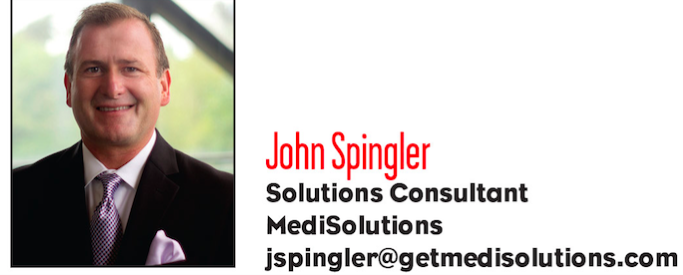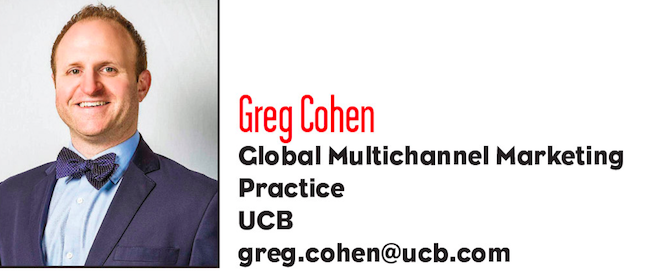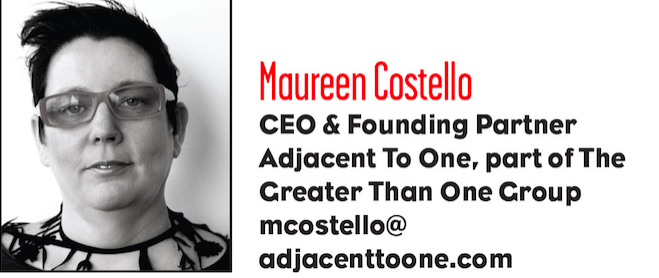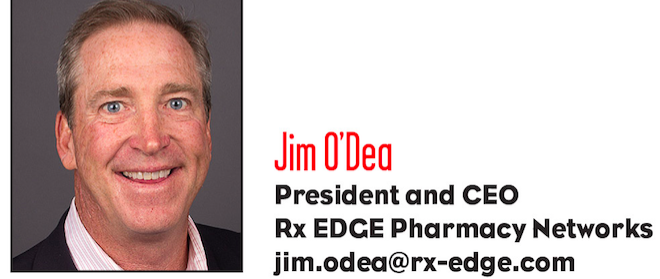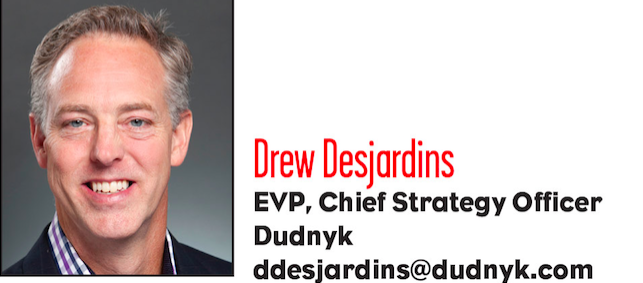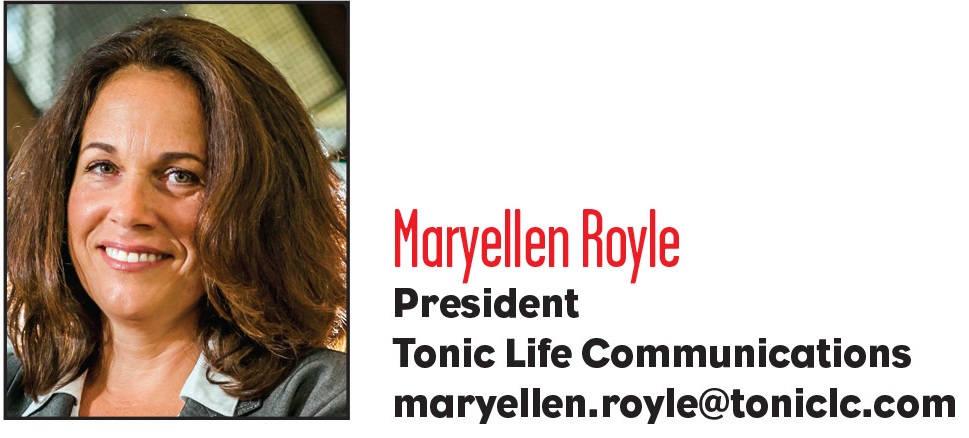Predicting the future of healthcare marketing is not an easy thing to do. It is a constantly moving target that is near impossible to hit, especially when you have to factor in the evolution of two different industries: Healthcare and marketing. Because just as the healthcare industry is undergoing reform, marketing must naturally transform to keep up with the addition of new channels, the different ways generations interact with content, and so much more. So no, predicting the future of this industry is not easy. But that didn’t stop us from asking 10 industry experts to do just that. Because even though the future is never crystal clear, marketers need to stay on their toes and be ready for any changes that lay ahead. We asked our experts to tell us:
- How will healthcare marketing in 2016 and beyond differ from what marketers have been doing for the past few years?
- How will the changes to the healthcare system affect healthcare marketing? What do you see as the biggest factor affecting healthcare marketing now and in the near future?
- What will healthcare marketers have to do better in 2016 and beyond?
- How will companies need to operate differently, either externally or internally, in order to better engage with patients?
- What trends do healthcare marketers need to pay particular attention to in order to ensure they don’t get left in the dust?
When I was asked to examine healthcare marketing in 2016 and beyond, I was tempted to get out my crystal ball in hopes of coming up with a valid prediction. Let’s be honest, the healthcare environment is changing so rapidly that you need to be in constant full sprint mode just to keep up! Hospitals and healthcare providers are now being asked to effectively and appropriately manage patients to a tightly fixed budget. How is this possible? How can we guarantee patients will receive better quality care with less dollars to spend? And better yet, what is expected of us, as marketers, moving forward?
Marketing Care, Not Products
We need to shift from the idea of marketing a product to marketing an entire episode of care while keeping the patient at the center of everything we do. This requires a focus on keeping patients healthy and well versus treating them once they have been diagnosed. We need to think in terms of wellness versus sickness. Therefore, marketers should put money behind wellness awareness and outreach and capture target audiences when they are healthy instead of when they are in dire need of care. We also need to be innovative in our approach to ensure a memorable and distinct patient experience. This is where digital marketing and social media tactics come into play.
Next, as healthcare companies, we need to act as consultants and help healthcare systems take a hard look at data in order to figure out where the biggest costs are and be able to provide marketing tools that will enable them to save money in these areas. Yes, this is different from brochures and leave behinds of the past but as they say, “the only thing that is constant is change,” and as healthcare continuously evolves, we must as well.
The way people consume content has changed everything. Moving into 2016, we will witness a giant “leaping ahead.” Pharma marketers who don’t jump on board will be left behind. Annual playbooks and plans of action (POA) have never been an option for marketing teams in the rare disease space. Patient populations are smaller, and marketers need a more targeted approach.
Commercializing in rare disease requires an understanding of the disease, the treaters and the patients, mandating that marketers use innovative channels while constantly tracking, measuring success, and optimizing. In this day and age with so many channels and too much noise, it is important that the initiatives of a campaign are executed perfectly—from expertly crafted content and elegant design to operational functionality for an optimal user experience. With the endless tools and touchpoints at our fingertips, it is an exciting time to be in healthcare marketing.
Smart it Up for Patients
Operating differently to better engage patients starts with shifting mindsets. In my first job as a pharma marketer on a newly launched brand, my manager told me after the physician pieces were completed that we needed to “dumb it all down for patients.” Sadly this remains a pervasive approach in our industry and one that needs to be flipped on its head—we must “smart it up for patients.”
Given the great rarity of the disease, patients and caregivers are oftentimes more educated than their healthcare providers because they have to be. They need access to information that is scientifically correct and creatively presented. Marketers in this space need to strategically position a disease and a brand with both the physician and the patient in mind, combining science, design, and a human quality. By treating the audiences with equal weight and by blending medical and marketing best practices, you will never miss on engagement.
A critical concept in healthcare that will continue to evolve in the coming years is predictive compliance. A lot of attention and energy are currently being spent in the hope that Big Data and wearable tech will somehow enable behavior change across patients of all types.
And while death and taxes may be the only certainty in life, human nature is a pretty consistent thing. Some patients you just can’t change—especially on a modern marketer’s budget.
It is more likely in the near term that a connected world will lead to data-driven insights, which in turn allow for targeting of individual patients with specific messages that are predicted to have the greatest impact on their behavior. In other words, in the not-too-distant future, we may be able to get that much closer to delivering the right message to the right patient at the right time.
The Future of Wearable Tech Data
Very soon data collection from wearable tech will begin to standardize as users coalesce around a few surviving platforms and smaller brands disappear. One can imagine a push for unified standards in organizing, storing, and tagging health information.
Very soon top tech organizations will develop pay-for-access analytic tools that tie together the psychological, social, and health data from all the various data streams patients create every day. Even if the streams (e.g., social feeds) don’t appear to be related to health.
Ultimately, this will keep us informed about which patients are compliant, which are not, and which ones we might be able to influence. After all, if you can’t make every horse drink, why pay to lead all of them to water?
To be successful in 2016 and beyond, healthcare marketers must systematically learn to forget their pasts. Currently, most of the top healthcare companies have systems in place that are designed to support marketing from the perspective of a brand and sometimes a company or franchise (for those that have a specific focus on a given therapeutic class or disease they are attempting to take on with a therapeutic solution).
But many recent changes, and those to come in the future, will be driven by government regulations and payer influence. Increasingly, the payer is going to be the patient. The vast majority of these changes are meant to improve the efficiency of healthcare delivery, and are designed to make care a personal endeavor versus the “Mass Market” one-size-fits-all medicine that has generated considerable revenue for companies developing products for conditions affecting large patient populations.
The Value of Efficacy vs. Effectiveness
To be successful in the future, healthcare marketers must think of the patient and the family system when defining a product’s value proposition. They need to make a distinction between efficacy (when a product’s benefit is proven in an artificial environment known as the clinical trial) and instead focus on effectiveness (proving a product’s benefit in the real world).
The future of marketing success belongs to the individuals and companies willing to enter a new era of marketing. An era in which they are dedicated to identifying hard-to-find patients, and offer them assistance early in their healthcare journey, along with continued support once they depart the clinical setting for life in the real world.
To define this new set of solutions, marketers will have to become skilled in new tools, analytics, and increasingly social and digital marketing approaches that are sanctioned by trusted sources, recommended by their healthcare providers, and measured in the real world.
Healthcare marketers need to drastically break the creative mold. We see research that shows that patients don’t like and don’t respond well to the typical pharma advertising creative (walking in forests, skipping on the beach, etc.). Marketers need to start thinking of new ways to display the benefits and risks of innovative treatments which actually grab attention. This will take a combination of leadership and willingness to experiment with new creative concepts that break the “norm” of what is expected in pharma content.
Companies Must Change How They Operate
Companies have always worked in “waterfall” fashion: Identify, plan, develop, engage, etc. Companies need to be responsive to patient needs and able to adapt at a pace that keeps up with the rapidly changing ecosystem around us. Companies will need to adopt “agile” methodologies to more areas of their business than just software development—agile and adaptable mindsets (which use constant feedback loops to improve initiatives) could deliver programs that provide significantly more value to patients.
Top Trends in 2016
Some interesting things are happening in the world of search, which could be dangerous for marketers not keeping up. As consumers increasingly move towards mobile search, the lines between paid and organic search results begin to blur. Additionally, as video search increases exponentially, the inventory for video search is increasing as well. All of this points towards two ways to compete: Outspend or out-create. Better content gets noticed—and better content with significant traffic creates actual opportunities to win in an ever-crowded marketplace.
Intense pressure on controlling healthcare costs while providing greater access makes disruptive business models inevitable. Healthcare marketers must understand the disruption that’s already underway will intensify and be driven by organizations coming from outside the traditional healthcare category. Apple, Google, and Samsung design every product or service to improve the customer experience via technology, and they’re targeting healthcare as an opportunity of epic proportions. Consumers trust these brands more than healthcare brands. The healthcare user experience these brands will offer will mirror what consumers are already familiar with from their devices, giving these intruders a huge leg up.
A Better Customer Experience
Healthcare organizations are trying to meet rising consumerism by evolving their legacy models and systems, which are generally customer-phobic, opaque, and ridiculously complex. Just Google “ICD 10” for an illustration. So while their road ahead is much harder, the place healthcare marketers can start is the customer experience. Adopt the development of customer journeys as standard practice to first understand where, when, and why the experience is sub-optimal to then better remediate it. I’d bet very few legacy provider organizations have done this. At the same time, I’d bet most well run Urgent Care organizations have built their operating models on them.
Healthcare marketers should stop, “Putting the patient first in everything we do.” Not only are they the 750th company making this unique promise, but in that word “patient” they are signaling an entity who is merely an object of care, the embodiment of her condition that their doctors, hospitals, drugs, or health plans will heroically treat. People have grown increasingly impatient with this paternalistic bromide, especially when their experiences too often anger, frustrate, and disappoint them. Call patients “people,” or even “consumers” or “customers,” then take your cues from the companies designing the best customer experiences.
It is time for companies to recognize that it is no longer digital marketing—we are marketing in a digital world. That is why 2016 and beyond will be less about traditional vs. digital ways of thinking and more about “interconnections marketing” in a world where silos are becoming barriers. Marketing that is agile, informed, and curious will drive performance with healthcare audiences who are more connected than ever, have higher expectations, and respond to authenticity.
One of the biggest changes affecting healthcare marketing going forward will be the pressure and transparency on drug pricing. Companies like Blink Health are opening the lid.
Take a Lesson From Banks
The healthcare experience has to be the same as the experience I would receive when I’m engaged with any other provider. I should receive the same service when I walk into my doctor’s office as when I walk into my bank or clothing store. For example, a bank is no longer just a place where you keep your checking and savings accounts. It’s a place that you can go for your retirement plan, the college savings plan for your kids, your mortgage and your insurance needs. And the best banks handle everything seamlessly. Their job is to pull everything together for you in one package—every facet working together.
Now more than ever, the healthcare consumer has more choice and more confidence in making decisions about their health. It’s imperative that providers realize this and are truly accountable, which will end up benefitting both the consumer and the providers who are able to meet their needs. If you are a provider, you don’t want to risk being left behind in both the marketplace and in the minds of the public.
The future of healthcare marketing will include a greater focus in four key areas: Targeting, channel strategy, education, and measurement. Systematic targeting approaches will be needed to help facilitate decisions regarding patient and physician communication vehicles. A greater degree of precision will be applied to ensure that messages reach an audience that is receptive, attentive, and motivated to take action. Here is where the importance of channel strategy emerges as a key initiative.
More communication channels are available to healthcare consumers than ever before, and more ways for them to access care. With projected doctor shortages looming in the future, other providers and point of care options—such as those available in the pharmacy—are rapidly taking center stage. No matter what channel is used to reach consumers, communications delivered in a “user friendly” way will be essential to help patients understand their health conditions, identify personal risk, and take action if necessary.
Long gone are the days when patients relied solely on their healthcare provider for information related to conditions and symptoms. Instead, using multiple resources, they are researching medications and learning about conditions on their own. Consumers will disregard any messages that are perceived as promotional rather than educational. A heightened focus will be on delivering practical materials that will allow people to go into a doctor’s appointment better prepared and armed with genuine knowledge.
Finally, data-based results will be increasingly expected in healthcare marketing. Considering the investment of time and resources, too much is at stake to rely upon subjective or hypothetical means of determining whether a marketing initiative had an impact. Marketers will need to be able to quantifiably measure success by demonstrating actual patient follow-through and increased brand awareness.
One of the most significant challenges healthcare marketers face today is delivering value in a world where many offices and institutions are closing their doors to reps. A recent survey by ZS Associates found that more than half of U.S. physicians have restricted reps in some way and most teaching hospitals have eliminated rep access. The current trend shows no signs of reversing and is fueled by increasing utilization of digital technology by healthcare professionals (HCPs) to stay abreast of new information, more stringent management of traditional drug categories by payers, and systemic changes such as accountable care organizations (ACOs) and integrated delivery networks (IDNs) that further drive prescribing behavior.
Go Beyond “Pill Plus”
It’s not enough to simply arm reps with product information—doctors can often get that on their own. In order to compete in this current environment, marketers must find new ways to deliver value. This can be accomplished by developing offerings that extend beyond the medication. “Pill plus” programs traditionally have meant providing some sort of patient education or adherence program with the medicine, but everyone is doing these and their perceived value has diminished over time.
Today’s specialty medications call for a new level of service, and thus value, to be offered to HCPs, patients, and payers. Expensive new specialty brands often stumble out of the gates because it’s unclear to HCPs how to access the medications and initiate therapy. Building a strong infrastructure with materials that make it seamless to start patients on specialty meds is essential to succeeding in today’s environment. With growing restrictions on rep interaction and increasing limits on their own time, HCPs will find significant value in a well-conceived and effortless program and, as a result, find time to spend with the reps who deliver these programs.
In order to better engage with today’s consumer and improve their healthcare experiences, pharmaceutical companies and their supporting agencies need to continually advance the ability to deliver (and receive) information in “real time” at the moment when consumers are learning or making critical healthcare decisions. In our highly regulated industry, this requires a shift in both internal and external operations—putting into place the ability to review and respond to the 24-hours-a-day, 7-days-a-week exchange of information.
While this may seem daunting at times, it is through this real-time communications that we are able to improve healthcare experiences between doctor and patient, and ultimately improve health outcomes.
Real Patient Conversations
For instance, a Facebook page for an unbranded program can provide value for patients by creating an authentic space for real conversations to happen within their community. While continual monitoring and community management is required, a truly effective community allows the conversation to happen naturally by sharing valuable resources and asking the community to weigh in with their own experiences and opinions.
From a healthcare PR perspective, engagement with patient communities is what should be informing and driving the majority of all programs. Partner with patient advocates and act on their feedback. Through these well-informed patient advocates, companies will be able to strengthen and improve the quality of information they are delivering and receiving. It will also allow companies to provide programs that truly meet patient needs today—and can quickly evolve to meet the needs of patients tomorrow.




